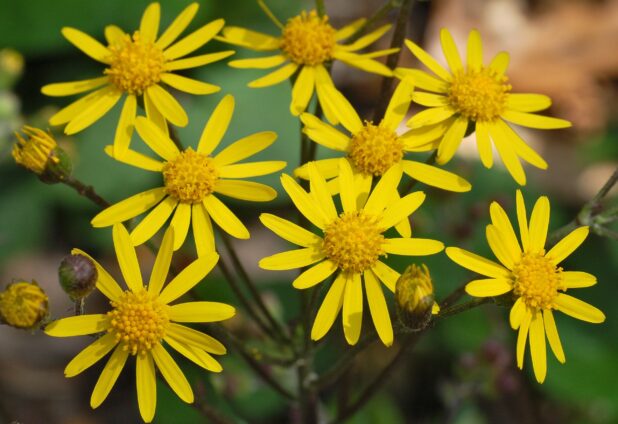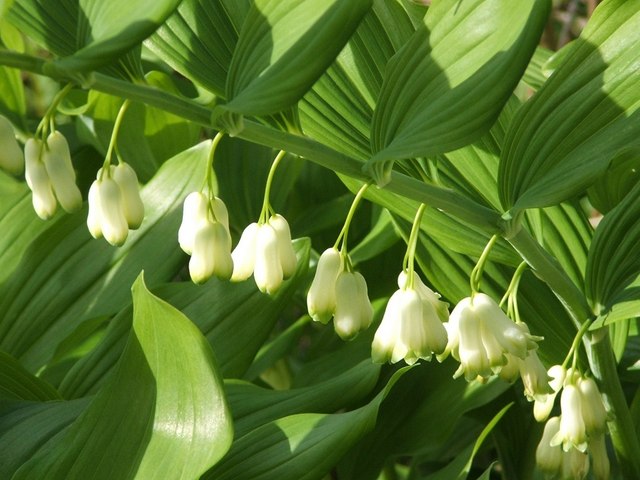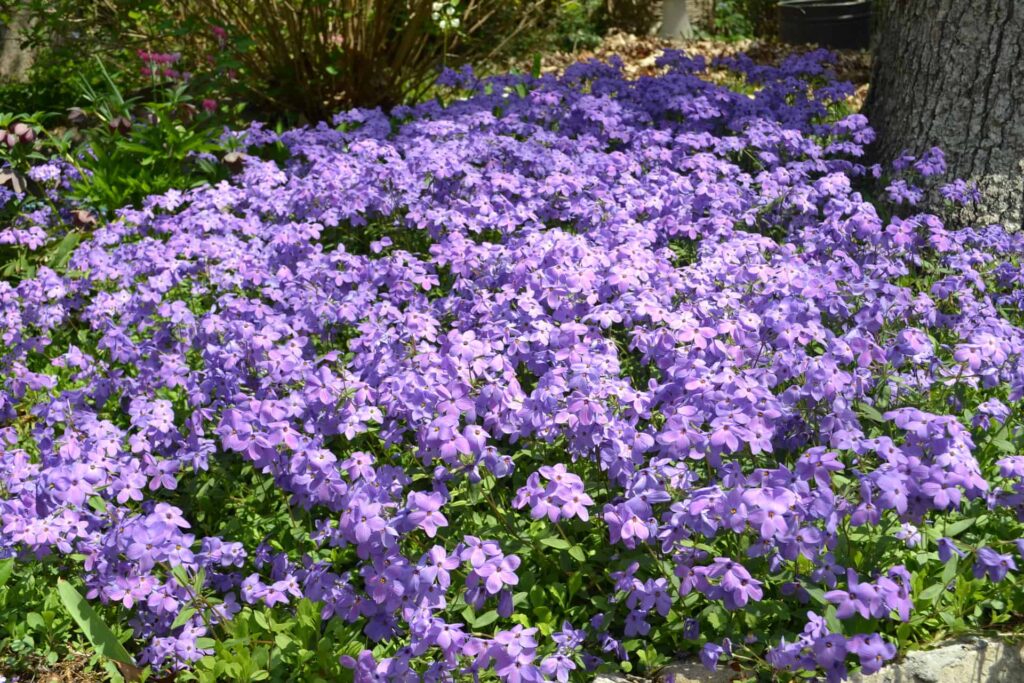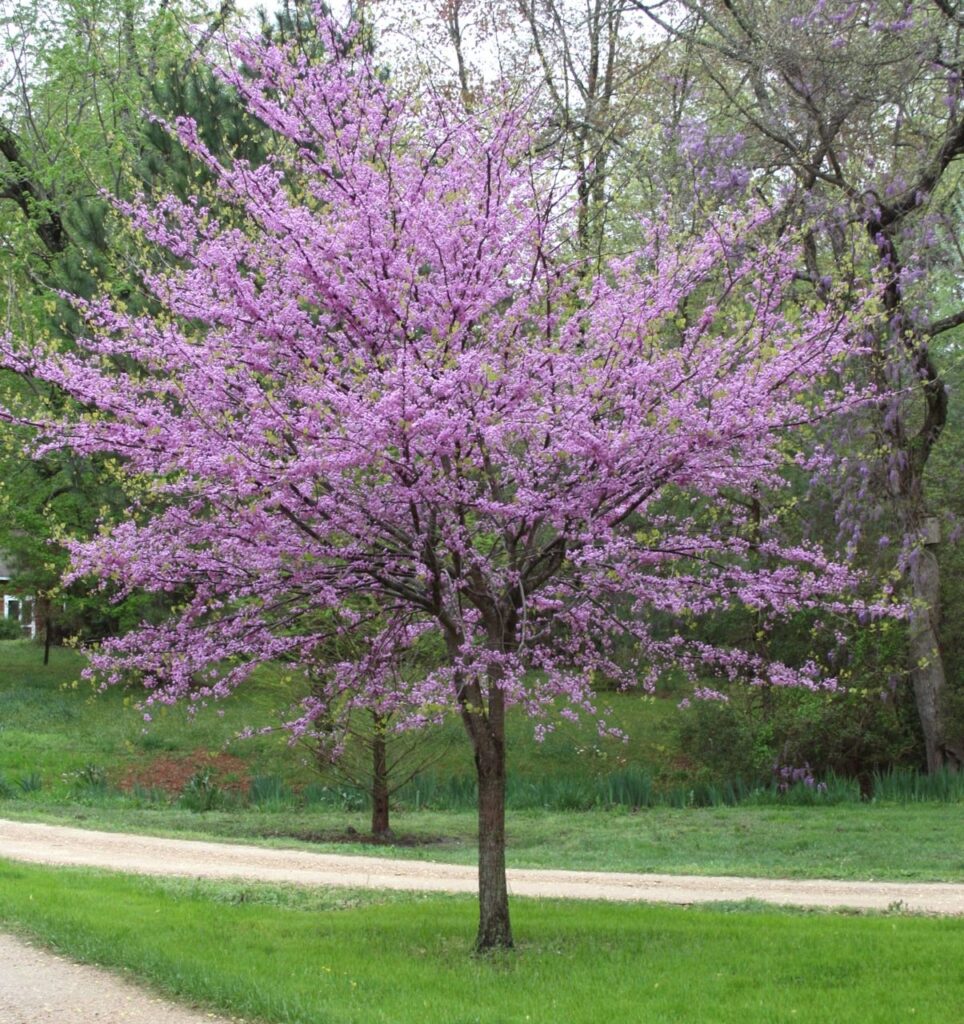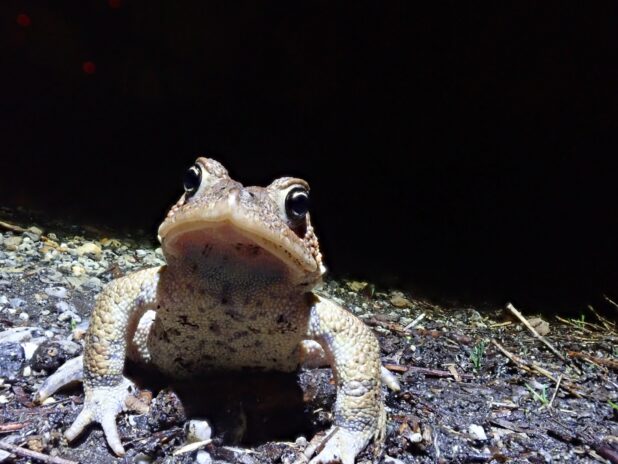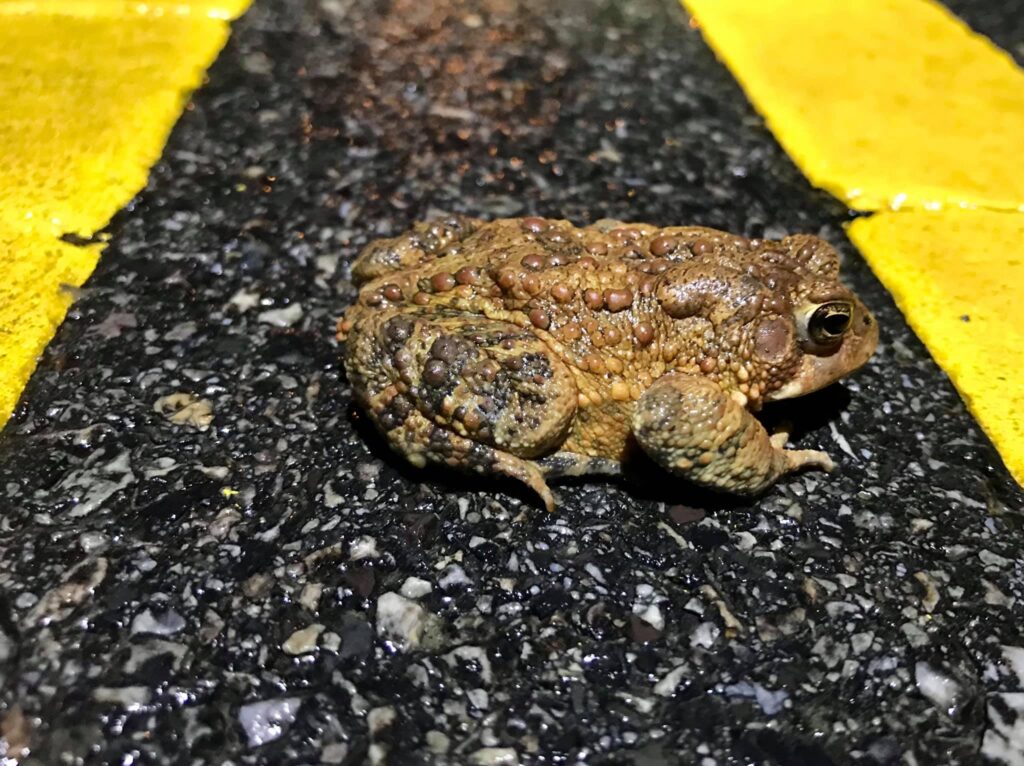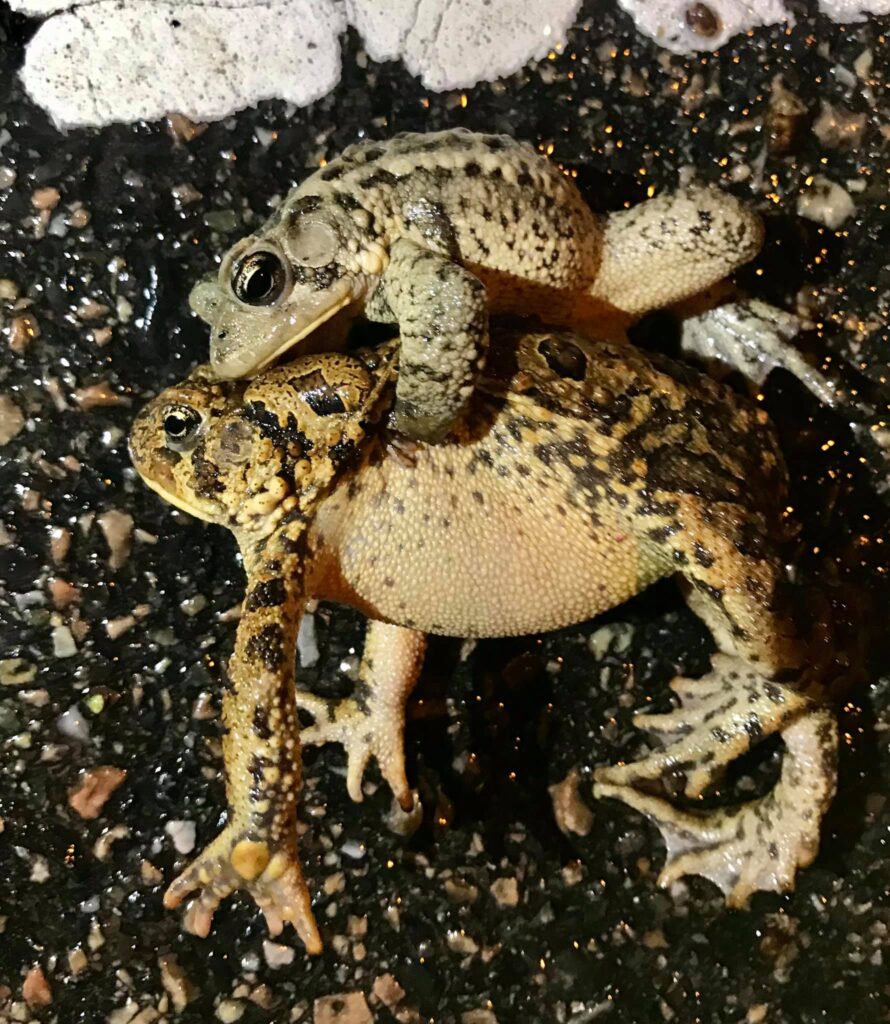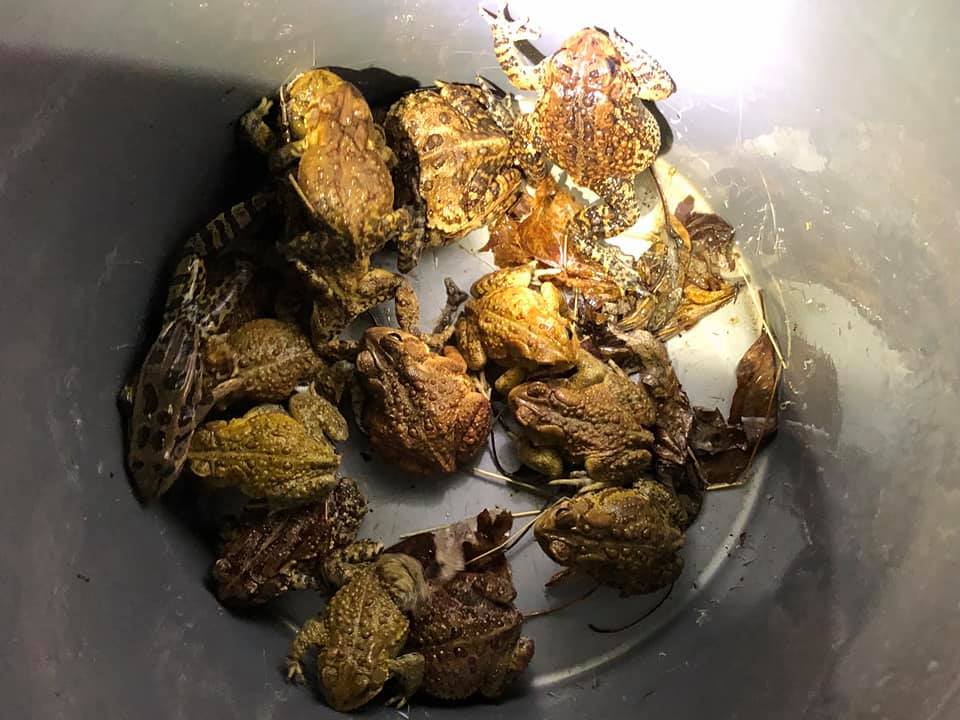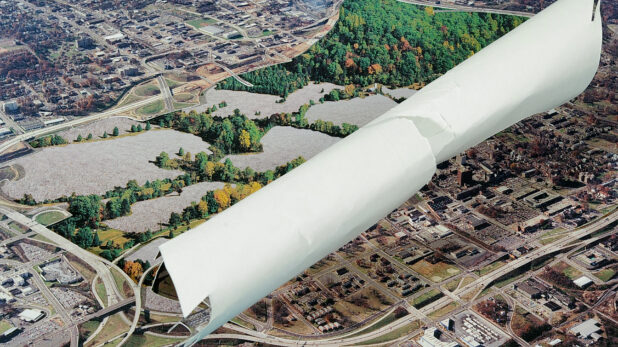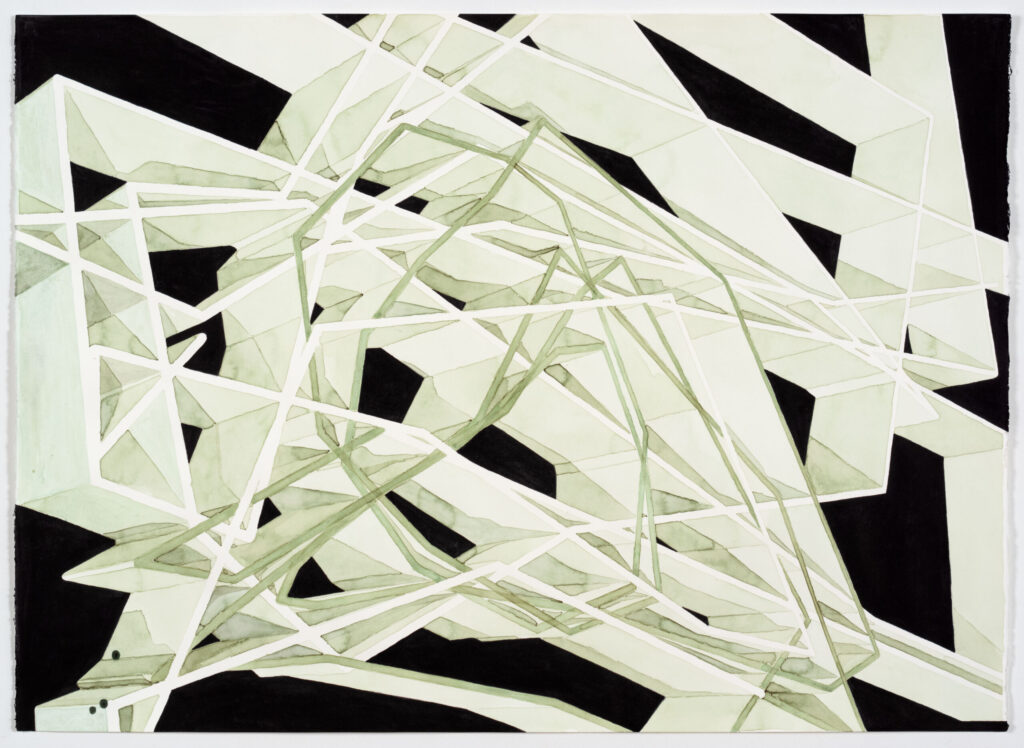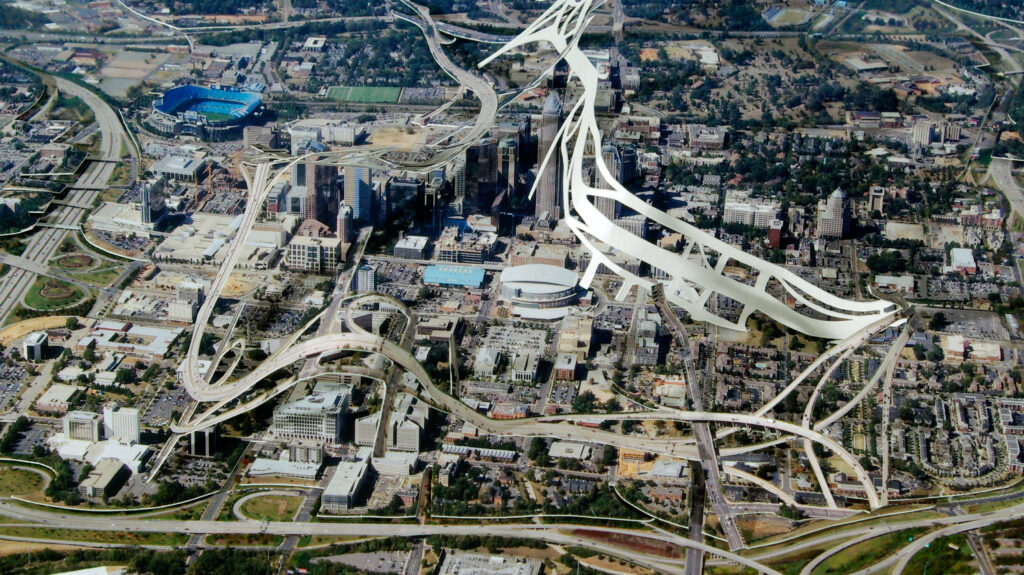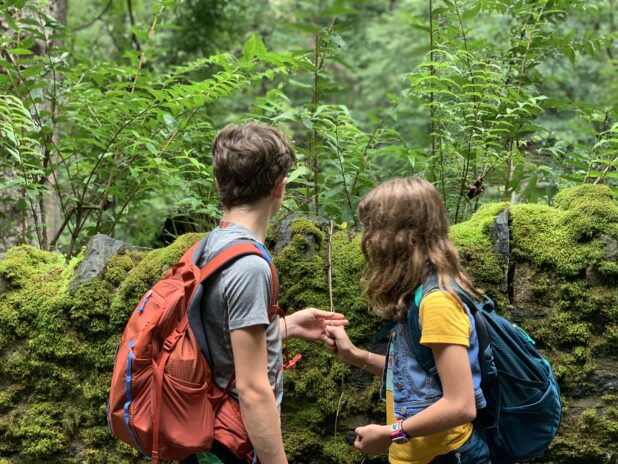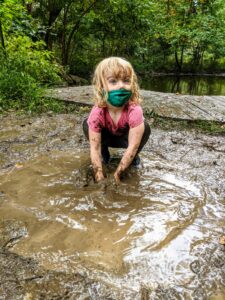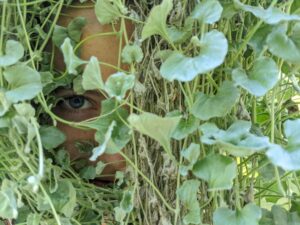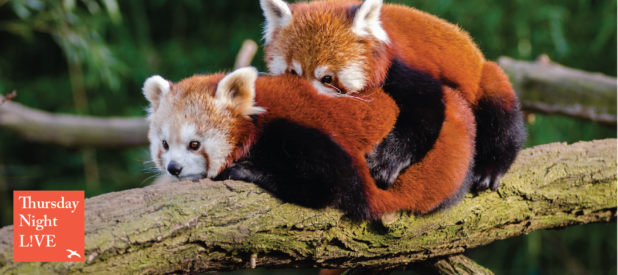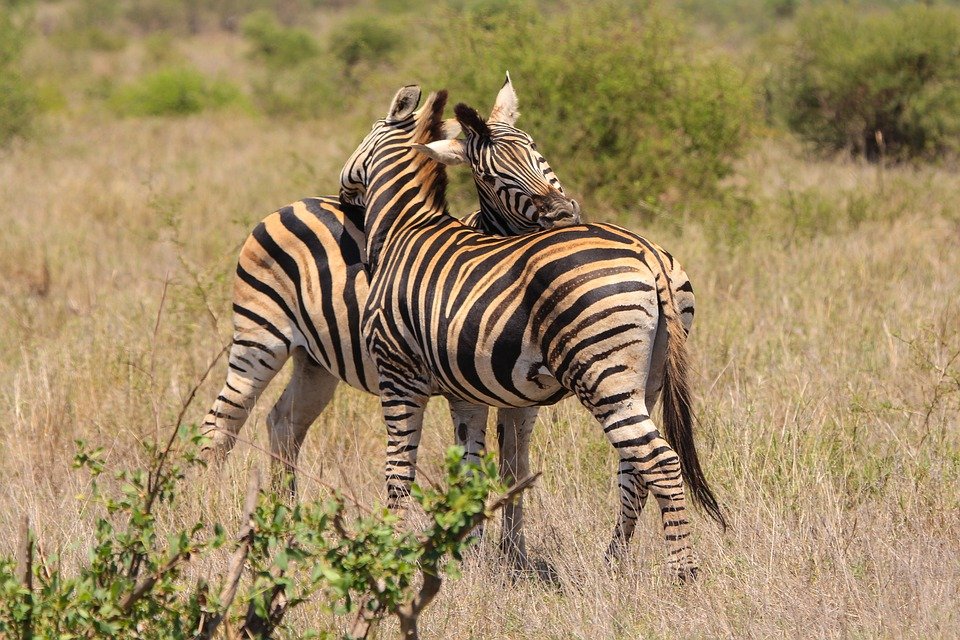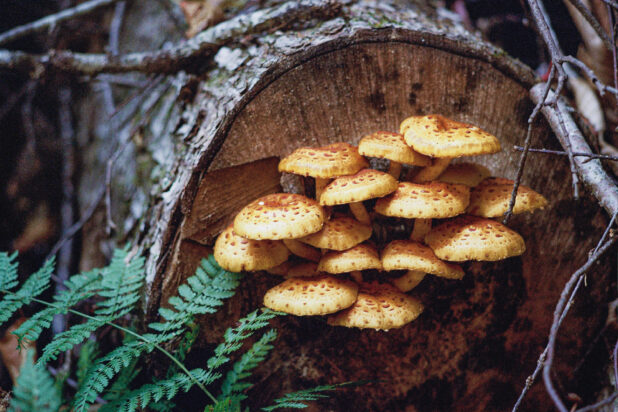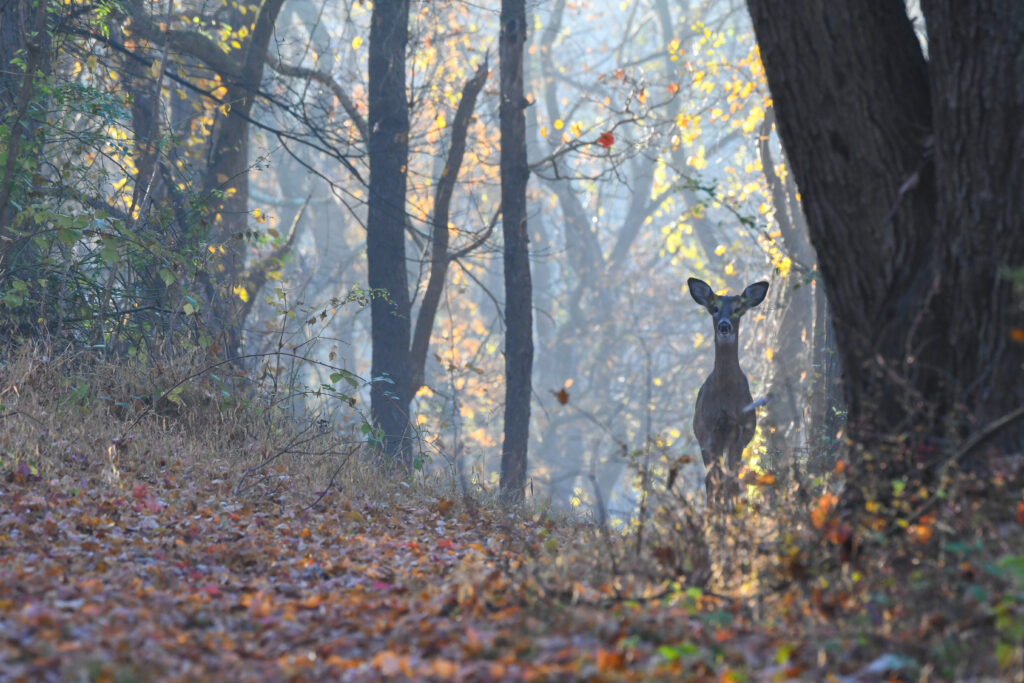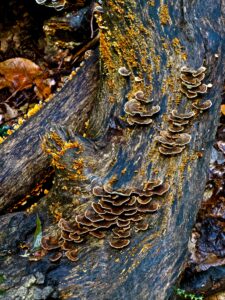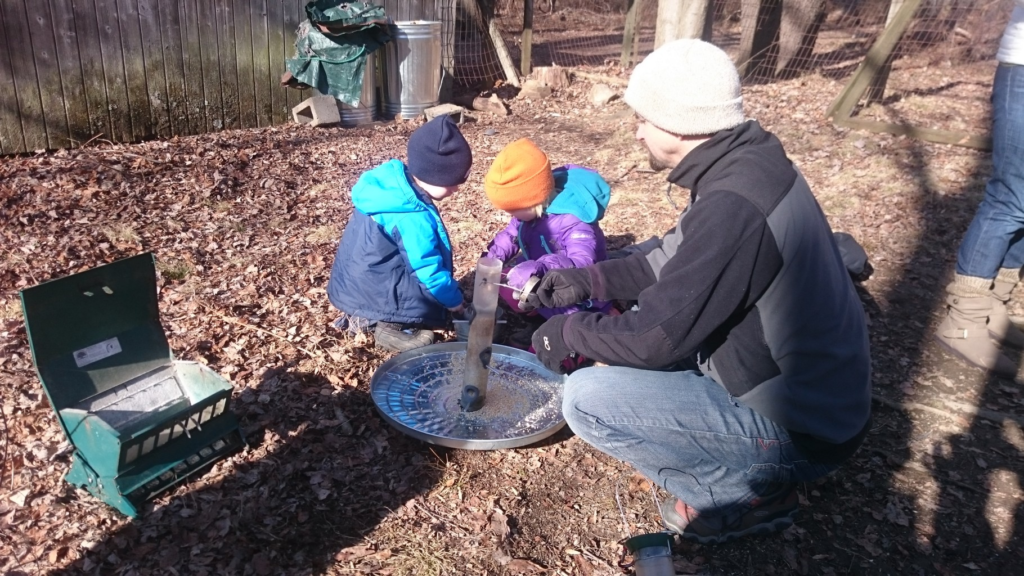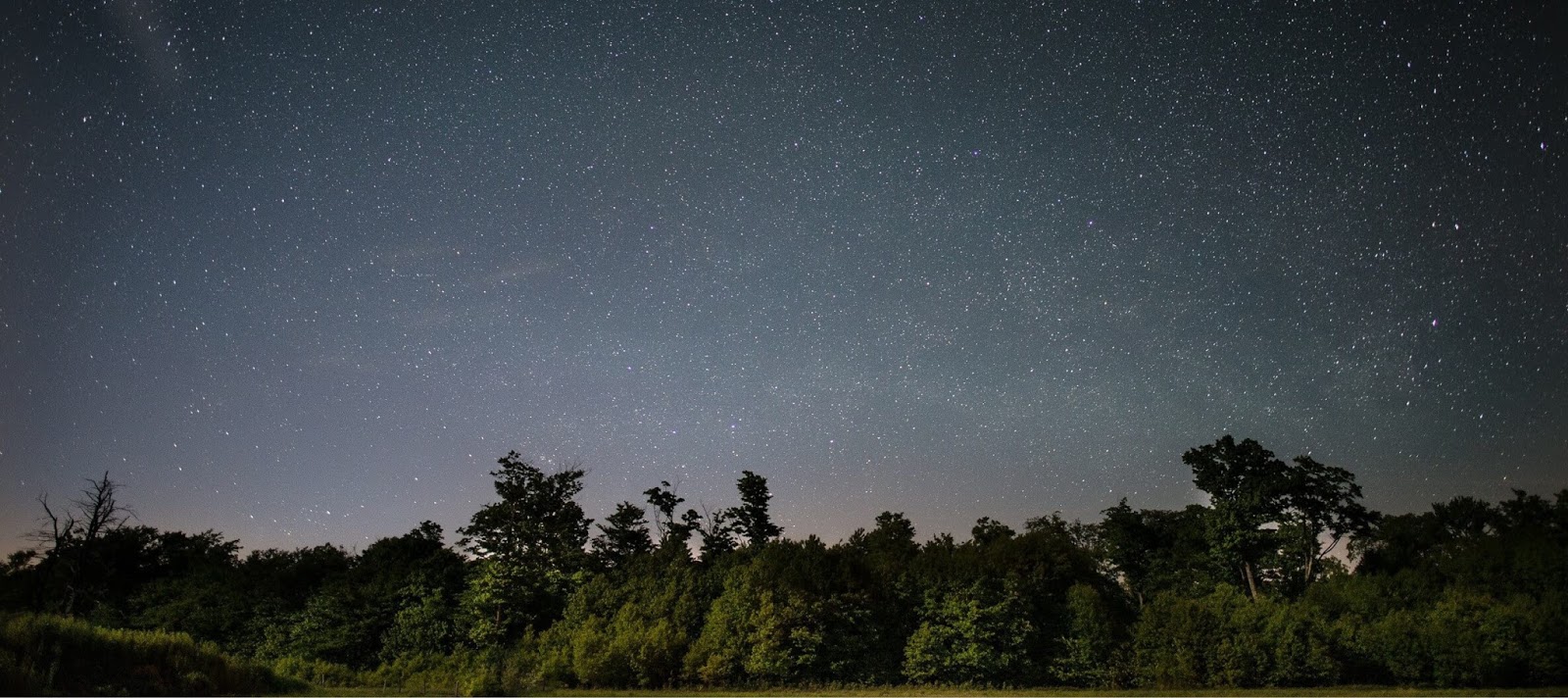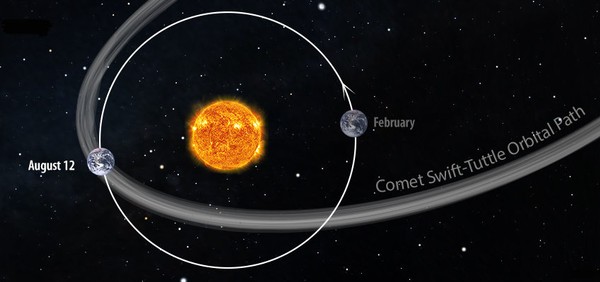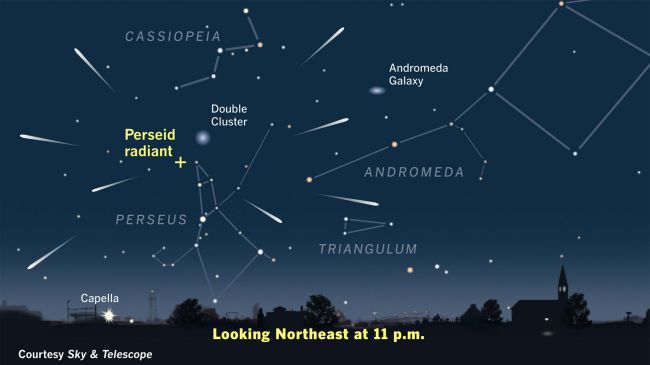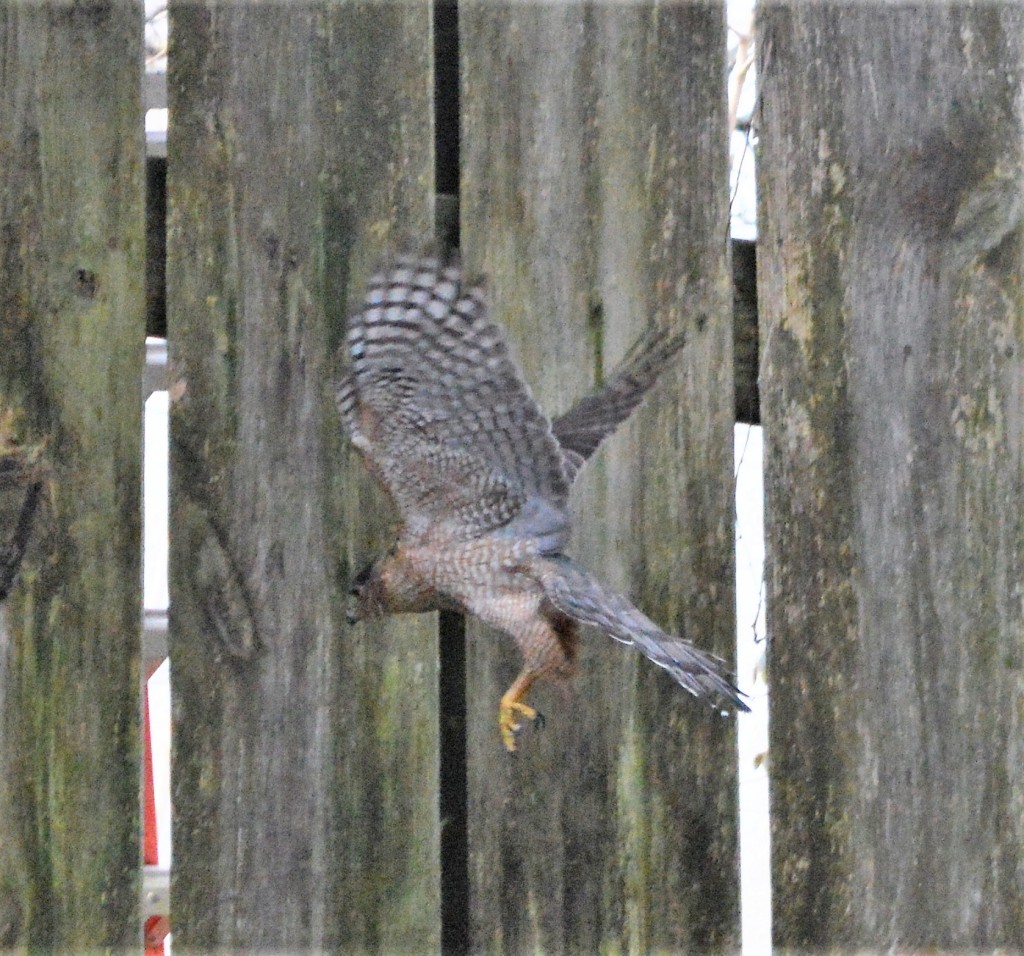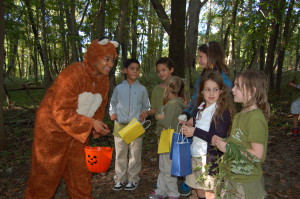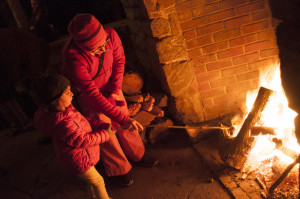Like all forests around us, the Schuylkill Center is in full bloom right now. You really have to see it to believe it.
Virginia bluebells, pink buds opening into bright blue flowers. Shooting stars, white flowers blazing across the forest floor. Trillium, a gorgeous but an oh-so-ephemeral plant, the species over here blooming in white, but the one over there in red. Solomon’s seal, named for the Biblical king, its delicate bell-like flowers dangling from zig-zags of leaves. Jack-in-the-pulpit, poking through the forest floor, Jack dutifully staying inside his lectern. And that’s just a start.
And the good news? You can plant these in your yard. In fact, planting these in your yard is one of the most powerful acts you can do to improve the health of our planet. (And many of them require shade, even better for many of us without good sun in our yards.)
The better news? They are perennial; planting them now often means they come up better next year, spreading a bit. And unlike impatiens, they require little watering.
But why is this a powerful act? The tulips, daffodils and crocuses that grace most of our gardens are without question beautiful flowers. But since they are not native to Pennsylvania or even America, few other living things live on them. Sure, deer might eat them (as deer seem to like everything), but caterpillars don’t touch most of them, and neither do many or any other insects. While that makes us and landscapers happy—the plants are not getting consumed by hungry insects—it makes a mother robin looking for caterpillars to feed her fast-growing, hungry babies very sad.
That’s the problem: a yard filled with tulips, daffodils, and crocuses sadly has no wildlife value for birds looking to feed bugs to their babies. And surprisingly, almost all birds feed bugs to their babies—even the babies of seed-eating birds grow up being fed bugs first. So that means a world filled with daffodils is by necessity one devoid of robins, wrens, thrushes, and more.
That’s the beauty of places like the Schuylkill Center and the Wissahickon—we’re islands of native plants in an ocean of inedible lawns and plantings. Truthfully, a lawn is an ecological desert.
One native Pennsylvania oak, as we noted last week, supports literally thousands of species of insects, including hundreds of caterpillars of different moths and butterflies. Same with the wild black cherry tree, with leaves that caterpillars devour, flowers that offer nectar for butterflies, and fruit that birds crave. One tree holds up an entire world.
Gardening with native plants, a modest movement that we wholeheartedly support, is thus a powerful act of environmental improvement, as it supports the many species of small creatures that inhabit this part of the planet, protecting our biological diversity.
The Schuylkill Center also makes this action easy for you: right now, online, we are offering our annual Native Plant Sale, your one-stop shopping for many of the flowers I noted above (and so many more!). We’re also selling shrubs. ferns, grasses, vines and trees as well, plus soil and other gardening supplies. If you become a Schuylkill Center member, we’ll even give you a discount on the flowers you buy, all by itself reason enough to join.
In the shrub department alone, for example, several of the shrubs offer berries that are completely irresistible to songbirds. Serviceberry (also called shadbush because it blooms about when shad run up rivers), chokeberry, elderberry, and blueberry are just a few of the shrubs in our sale that sport wonderful berries that feed a diversity of native wildlife; blueberries especially attract a large number of insects pollinators to them.
In the tree section, redbuds and magnolias offer beautiful springtime flowers—redbuds are the medium sized trees blushing lilac right now. Oaks, birches, pawpaws, cedars, and horse chestnuts are a sampling of some of the other high-value native trees.
We’ve even got sedges and grasses that offer visual interest in your garden.
To hold your hand in this, on this week’s Thursday Night Live, our weekly deep dive into all things natural, we’re offering the Native Plants Hotline, a chance for anyone to call in with their garden questions about gardening with natives. Register for that on our website as well; the free event starts Thursday, April 29 at 7 p.m. and features both gardening and tree experts. Do call.
Spring is busting out all over—and you can bring that action into your yard. To be sure, you don’t have to replant your entire yard. Not at all. Just buy a few plants at the sale, add them to your yard, and every year tuck a few more here and there. It’s so easy. Come see. And the plants are easily as beautiful as daffodils—some, even more so. (Check out Virginia bluebells and white trillium.)
And the best part, our birds and butterflies will thank you.
—Mike Weilbacher, Executive Director

